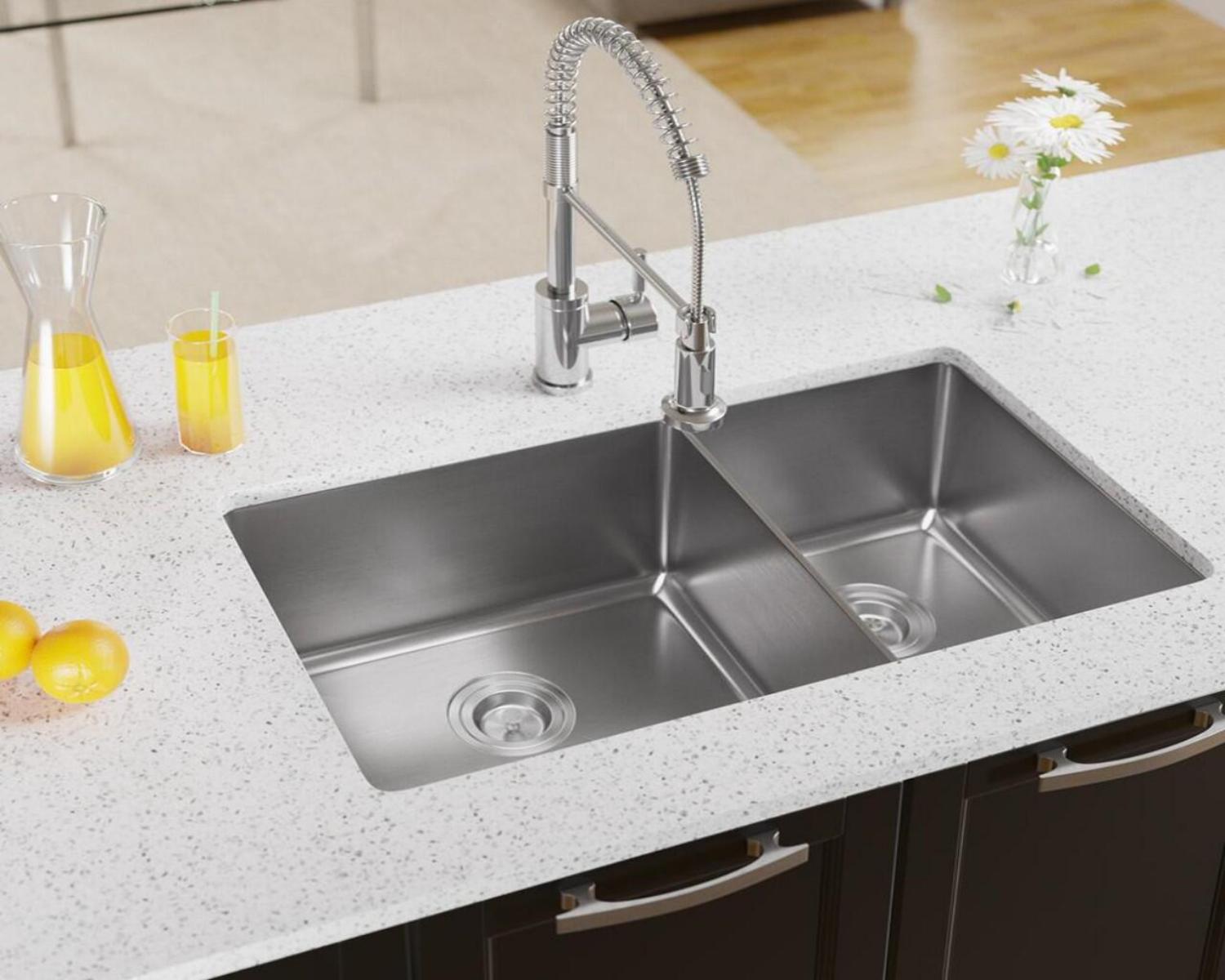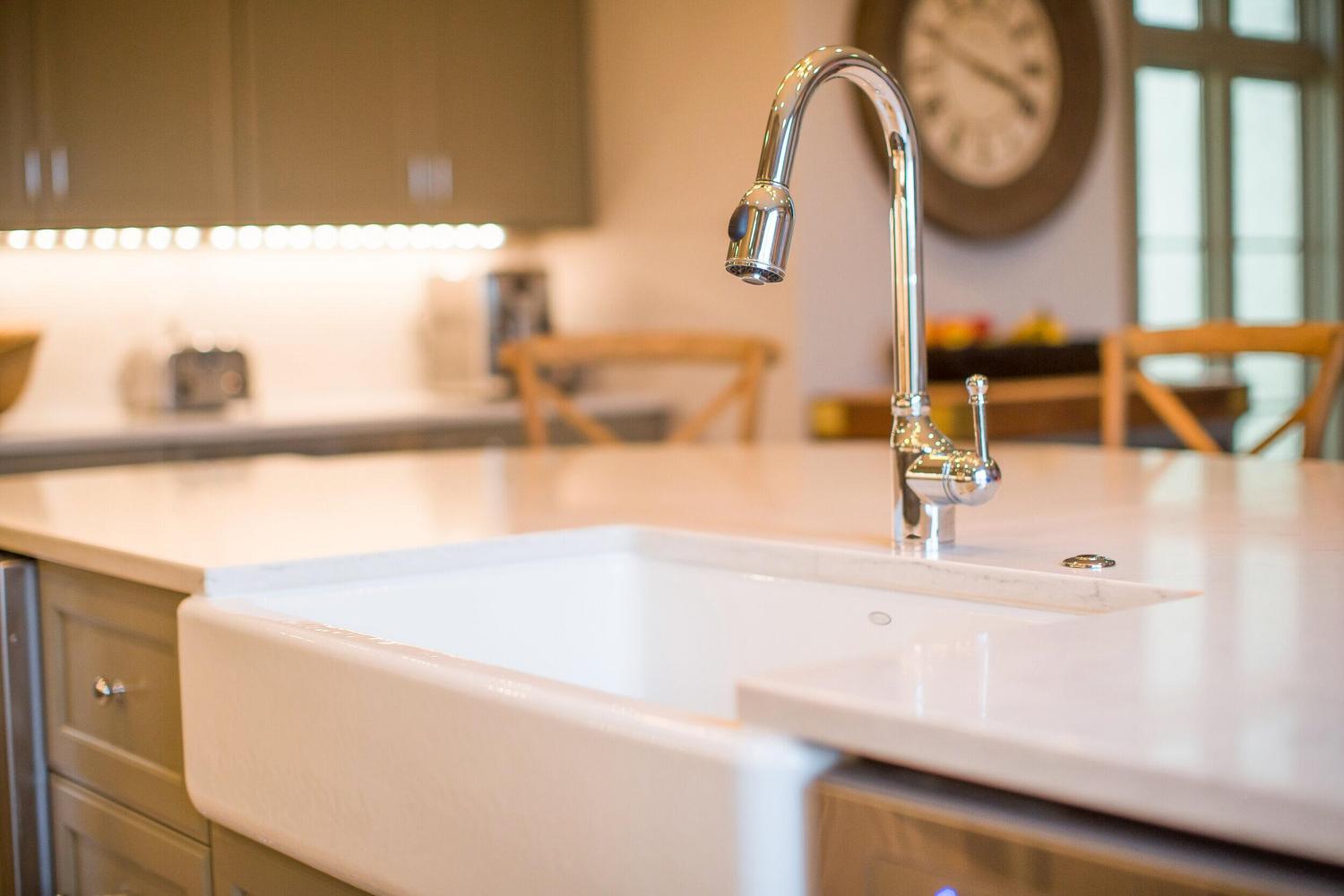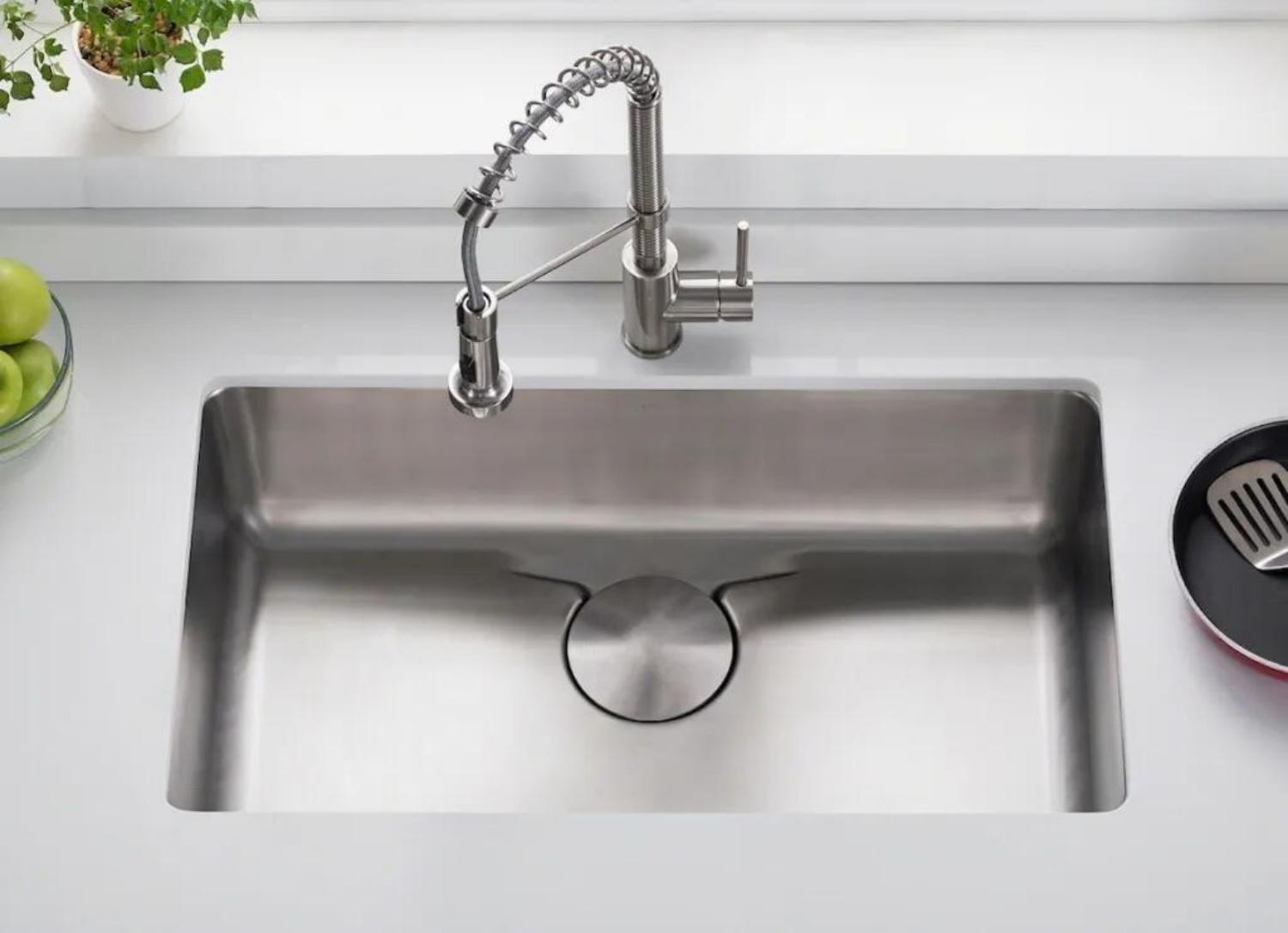
When it comes to designing or renovating your kitchen, choosing the right kitchen sink is crucial. The sink is one of the most frequently used components of your kitchen, serving both functional and aesthetic purposes. While many kitchen sink materials are durable and attractive, there are some that can lead to disappointment and frustration. In this article, we’ll explore some of the worst kitchen sink materials to avoid and discuss how brands like iVIGA offer reliable and durable alternatives.
The Importance of Kitchen Sink Materials
The choice of kitchen sink material matters for several reasons:
1. Durability: A kitchen sink needs to withstand daily use, resist stains, and remain in good condition for years.
2. Aesthetics: The sink is a prominent part of the kitchen, contributing to its overall look and feel.
3. Maintenance: Some materials require more maintenance than others, affecting your daily routine.
4. Cost: The initial cost and long-term value of a sink material are essential factors.
The Worst Kitchen Sink Materials
Let’s explore some of the kitchen sink materials that are often considered less desirable for various reasons:
Porcelain
The Worst Kitchen Sink Materials: Porcelain sinks are prone to chipping, scratching, and staining. They require careful handling and maintenance, making them less practical for busy kitchens.
- Susceptibility to Chipping: Porcelain and ceramic sinks can easily chip or crack, particularly if heavy objects are dropped into them.
- Staining: The worst kitchen sink materials, These materials are prone to staining from colored liquids, which can be challenging to remove.
- Lack of Durability: Porcelain and ceramic sinks are relatively delicate compared to other materials. They require gentle handling to avoid damage.
Acrylic
The Worst Kitchen Sink Materials: Acrylic sinks can scratch easily and are vulnerable to heat, which can lead to warping and damage over time. They are less durable than other materials.
- Scratches Easily: Acrylic surfaces can be scratched easily, leading to a dull, worn appearance over time.
- Vulnerable to Heat: Acrylic is sensitive to heat, and placing hot pots or pans in the sink can lead to warping or discoloration.
- Limited Durability: Acrylic sinks have a relatively short lifespan and may need replacement sooner than other materials.
Copper
The Worst Kitchen Sink Materials: While copper sinks offer a unique, rustic charm, they require significant maintenance to prevent tarnishing and discoloration. They are also expensive.
- Requires Excessive Maintenance: Copper sinks tarnish over time, requiring frequent maintenance to maintain their appearance.
- Expensive: Copper sinks are one of the costlier options, making them less accessible for budget-conscious consumers.
- Vulnerable to Dents: Copper is a relatively soft material and can dent easily, diminishing its aesthetic appeal.
Glass
The Worst Kitchen Sink Materials: Glass sinks are elegant but highly susceptible to cracks, chips, and breakage. They are not a practical choice for busy kitchens with heavy use.
- Fragile: Glass sinks are highly susceptible to cracks, chips, and breakage. They may not be suitable for high-traffic kitchens.
- Challenging to Clean: The translucent surface can highlight stains, water spots, and smudges, making them challenging to keep pristine.
- Limited Durability: Glass sinks have a limited lifespan and may require frequent replacements, which can be costly and inconvenient.
Solid Surface
The Worst Kitchen Sink Materials: Solid surface sinks can be sensitive to heat and may discolor or warp when exposed to hot pots and pans.
- Vulnerable to Heat: These sinks can discolor or warp when exposed to hot pots and pans, making them less durable.
- Susceptible to Scratches: Solid surface sinks can be scratched easily, and abrasive cleaning can mar their finish.
- Limited Range of Styles: They may not offer the same variety of styles and designs as other sink materials.
Plastic
The Worst Kitchen Sink Materials: Plastic sinks are affordable but not very durable. They are prone to staining, scratching, and warping.
- Prone to Stains: Plastic sinks are prone to staining and may not retain their original appearance for long.
- Easily Scratched: They can scratch easily, leading to a worn look over time.
- Vulnerable to Warping: The material may warp, particularly if exposed to extreme temperatures or heavy objects.

iVIGA’s Kitchen Sink Materials
iVIGA is a brand known for its commitment to quality and innovation in kitchen sink materials. They offer several materials that are not only durable but also aesthetically pleasing and practical, avoid the worst kitchen sink materials:
Stainless Steel
Stainless steel sinks, like those from iVIGA, are a popular choice for kitchens. They are highly durable, resistant to stains and heat, and easy to clean. iVIGA’s stainless steel sinks come in various sizes and designs to suit different kitchen styles.
Granite Composite
iVIGA’s granite composite sinks are made from a blend of natural stone and acrylic resins. These sinks are exceptionally durable, heat-resistant, and resistant to scratches and stains. They offer a sleek and modern appearance for contemporary kitchens.
Fireclay
iVIGA’s fireclay sinks provide a classic, elegant look while maintaining durability. They are resistant to chips, stains, and heat, making them a great choice for traditional kitchen designs.
Cast Iron
iVIGA’s cast iron sinks are known for their timeless beauty and excellent durability. They are resistant to scratches and stains and can handle high temperatures. They are often enameled for added protection and a sleek finish.
Natural Stone
iVIGA’s natural stone sinks, like those made from marble or granite, offer a luxurious and unique appearance. While they may require more maintenance, they can be a stunning focal point in a well-designed kitchen.
Factors to Consider When Choosing a Kitchen Sink Material
When selecting a kitchen sink material, avoid the worst kitchen sink materials, several factors should influence your decision:
Kitchen Usage
Consider how you use your kitchen. A busy family kitchen may require a more durable and low-maintenance material, while a decorative or less-used kitchen might allow for more delicate materials.
Budget
Your budget will play a significant role in your decision. Some materials, such as stainless steel or composite granite, offer a balance of durability and affordability.
Aesthetics
The appearance of your kitchen sink material should complement your overall kitchen design. iVIGA offers a variety of options to cater to different design preferences.
Maintenance
Consider how much maintenance you are willing to commit to. Some materials, like granite or stainless steel, are relatively low maintenance, while others, like natural stone, may require more care.

Final Thoughts
In conclusion, your choice of kitchen sink material is a critical decision that can significantly impact your kitchen’s functionality, appearance, and maintenance. It’s essential to steer clear of the worst kitchen sink materials, which include porcelain and ceramic, acrylic, copper, glass, solid surface, plastic, and low-quality composite sinks. Instead, consider materials like stainless steel, granite composite, fireclay, cast iron, or natural stone, which offer better durability, aesthetics, and performance. Prioritizing quality and functionality over aesthetics alone will ensure a long-lasting and visually pleasing addition to your kitchen.
 iVIGA Faucet Online Shop
iVIGA Faucet Online Shop
